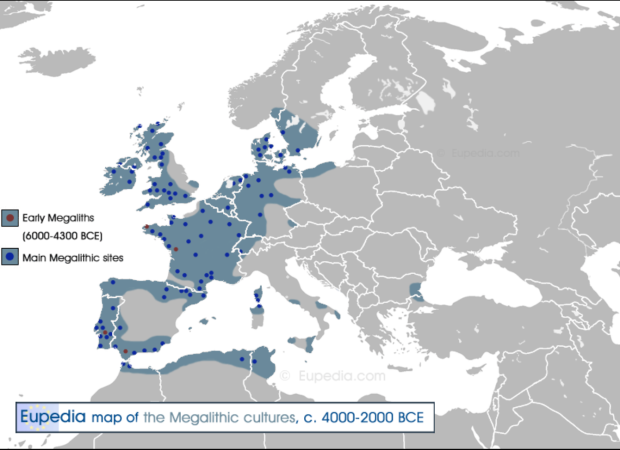celtiberian-II
Regular Member
- Messages
- 63
- Reaction score
- 24
- Points
- 8
- Location
- Seville
- Ethnic group
- 100% NW Castilian
- Y-DNA haplogroup
- J-L26
- mtDNA haplogroup
- H
The first Neolithic boats in the Mediterranean: The settlement of La Marmotta (Anguillara Sabazia, Lazio, Italy)
Abstract
Navigation in the Mediterranean in the Neolithic is studied here through the boats that were used, the degree of technical specialisation in their construction and, above all, their chronology. After a brief explanation of the exceptional site of La Marmotta, the characteristics and chronology of the five canoes found at the settlement and one of the nautical objects linked to Canoe 1 are discussed. This will allow a reflection on the capability of Neolithic societies for navigation owing to their high technological level. This technology was an essential part in the success of their expansion, bearing in mind that in a few millennia they occupied the whole Mediterranean from Cyprus to the Atlantic seaboard of the Iberian Peninsula.The first Neolithic boats in the Mediterranean: The settlement of La Marmotta (Anguillara Sabazia, Lazio, Italy)
Navigation in the Mediterranean in the Neolithic is studied here through the boats that were used, the degree of technical specialisation in their construction and, above all, their chronology. After a brief explanation of the exceptional site of La Marmotta, the characteristics and chronology...


